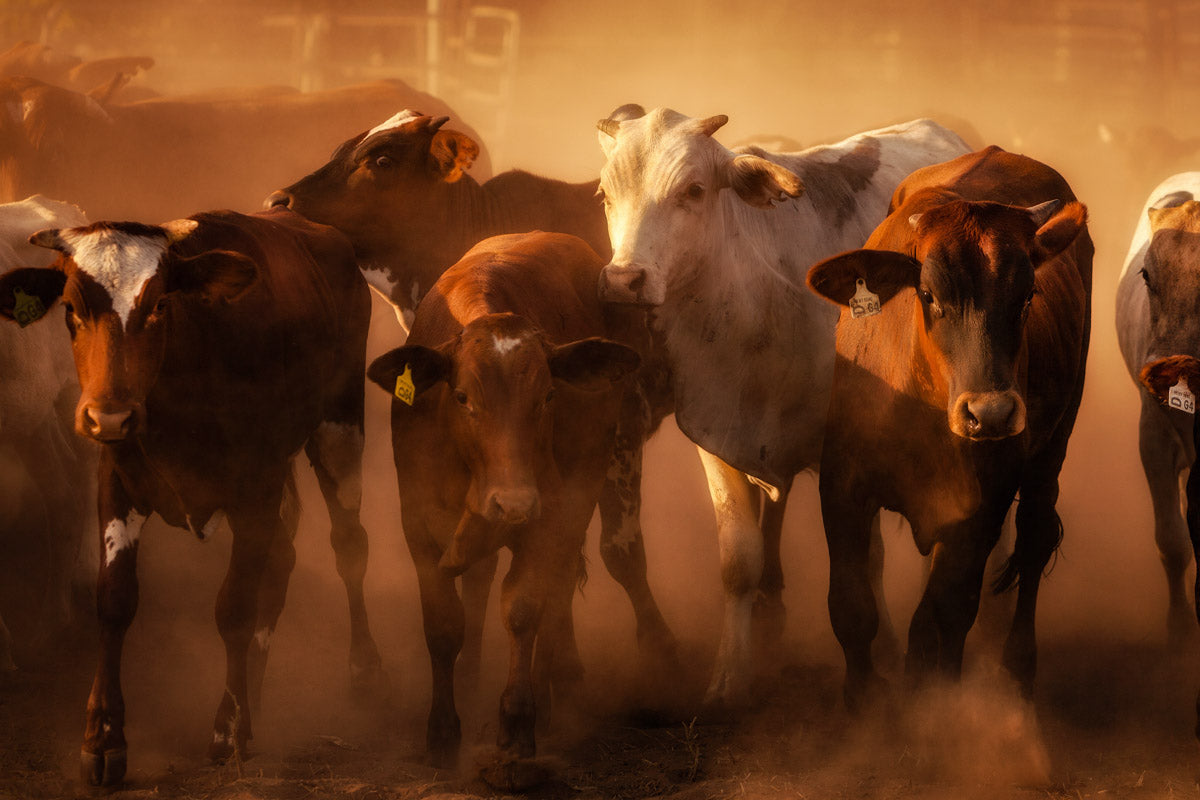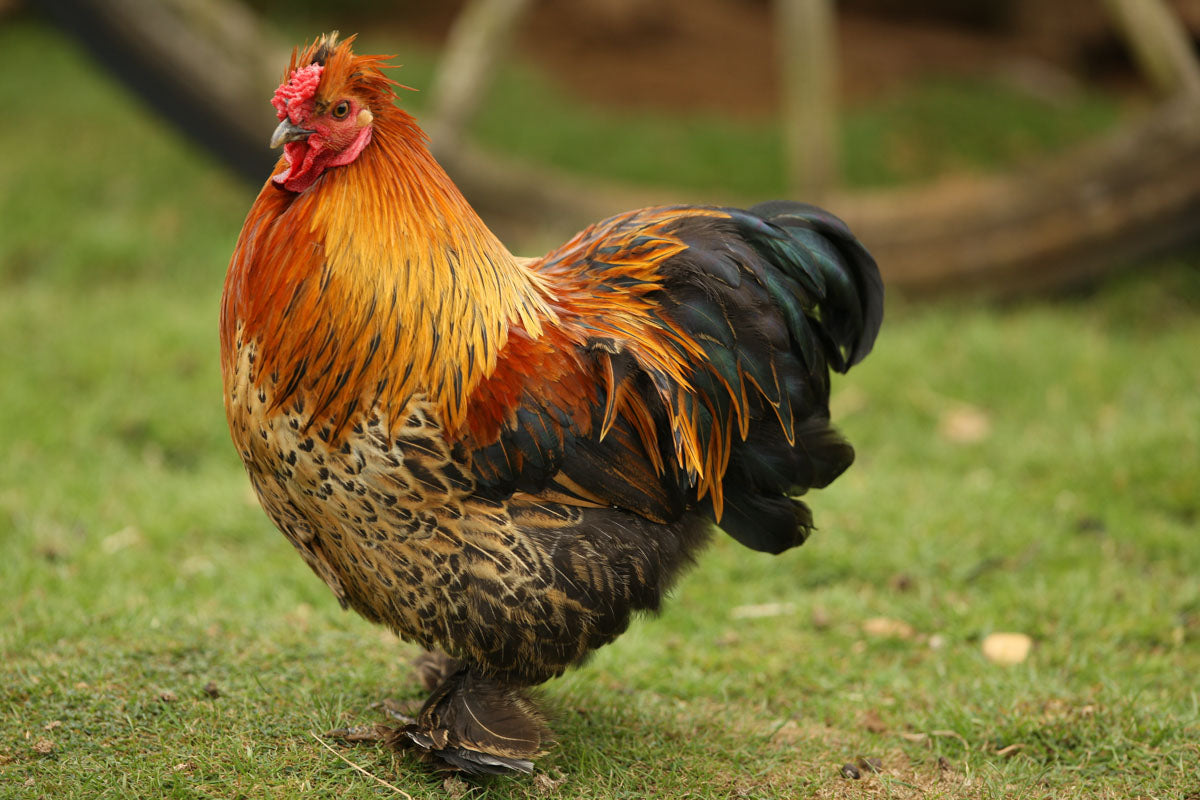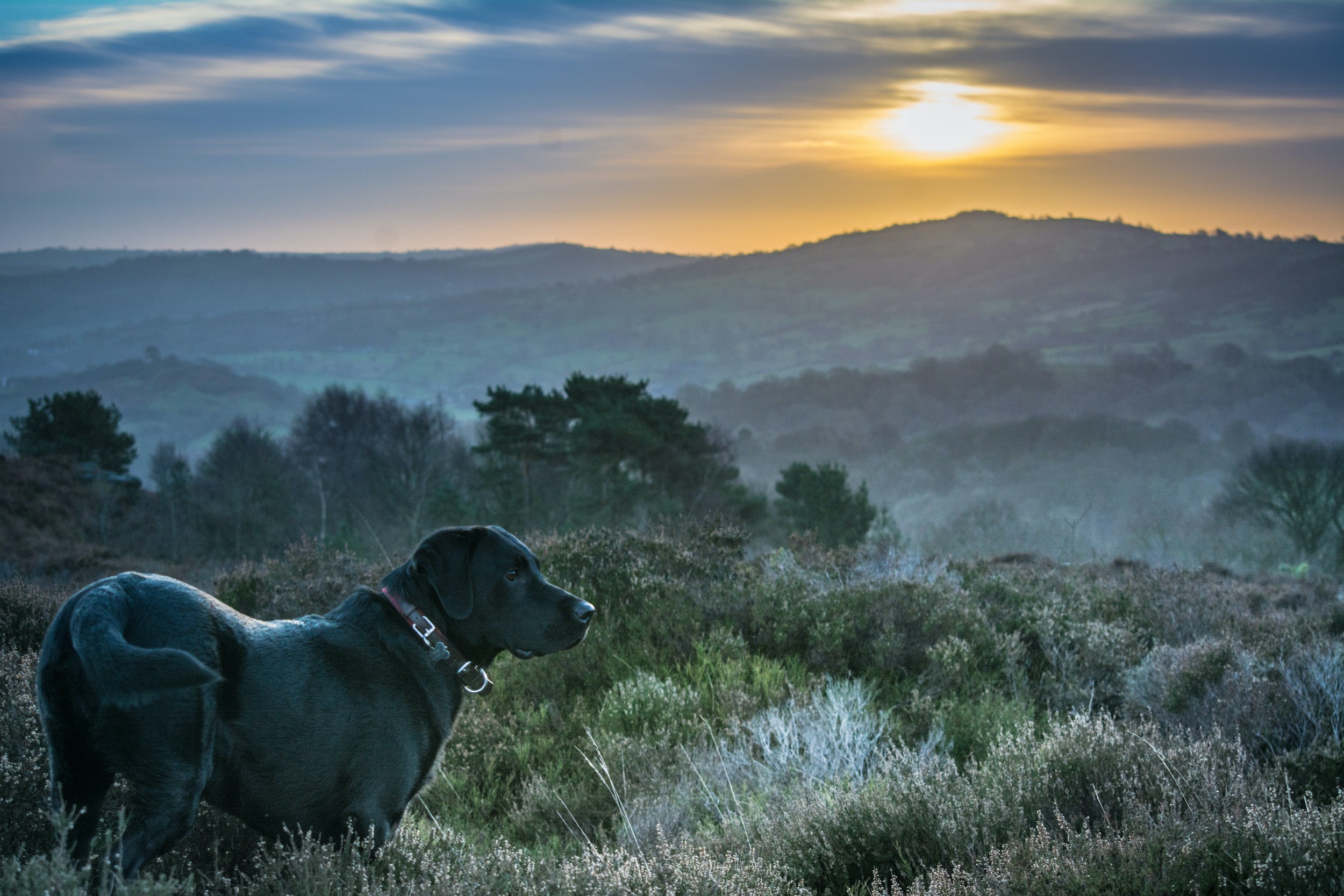Cattle farming is deeply ingrained in Western Australia's agricultural landscape, playing a significant role in the state's economy and rural communities. With vast and diverse landscapes ranging from fertile pastures in the southwest to expansive rangelands in the north, Western Australia provides an ideal environment for cattle production. This article explores the world of cattle farming in Western Australia, highlighting the significance of the industry, the unique challenges it faces, and its contributions to the agricultural sector.
The Importance of Cattle Farming in Western Australia
Cattle farming is a vital component of Western Australia's agricultural sector, contributing significantly to the state's economy and rural livelihoods. The industry provides employment opportunities, supports local businesses, and drives regional development. It also plays a crucial role in supplying high-quality beef to domestic and international markets, bolstering the state's reputation for premium agricultural products.
Breeds Suited to Western Australia's Climates and Conditions
Western Australia's diverse climates and varied landscapes dictate the choice of cattle breeds that thrive in different regions of the state. In the cooler southern areas, temperate breeds such as Angus, Hereford, and Murray Grey are commonly raised. These breeds adapt well to the cooler climates and lush pastures, producing high-quality beef favoured by consumers.
In contrast, the northern parts of Western Australia experience arid and semi-arid conditions, necessitating the use of tropical and heat-tolerant breeds. Brahman, Droughtmaster, and Santa Gertrudis are well-suited to the hot and challenging environments of the north, displaying characteristics such as heat tolerance, disease resistance, and efficient forage utilisation.
Grazing Systems and Pasture Management
Western Australia's extensive rangelands offer vast grazing opportunities for cattle. Extensive grazing systems, where cattle roam over large areas, are commonly practiced. Pasture management techniques, including rotational grazing and strategic supplementation, are employed to optimise feed availability and ensure sustainable land management practices.
The state's southern regions benefit from fertile pastures that support year-round grazing. Farmers focus on maintaining healthy pastures through strategic grazing management, weed control, and fertilisation. In the northern rangelands, where the climate is harsher, careful management of natural pastures and forage crops is necessary to ensure adequate feed supply during dry seasons.
Cattle Production Systems in Western Australia
Cattle production in Western Australia encompasses various systems, including breeding, backgrounding, and feedlot finishing. Breeders play a crucial role in the industry, focusing on producing high-quality breeding stock that exhibit desirable traits such as fertility, adaptability, and beef yield. Backgrounding operations involve growing young cattle on pasture or forage crops to prepare them for feedlot finishing or to supply the growing demand for grass-fed beef.
Feedlots are integral to Western Australia's beef production chain, where cattle are fed a balanced diet to achieve optimal growth and marbling. Feedlot operations ensure a consistent supply of beef and provide additional value-adding opportunities for producers. The state's feedlots adhere to strict animal welfare standards and sustainable practices to ensure the health and well-being of the cattle.
Challenges and Innovations in Cattle Farming
Cattle farming in Western Australia is not without its challenges. Fluctuating market conditions, climatic variability, and the management of pest animals and weeds present ongoing difficulties for farmers. To address these challenges, innovative practices and technologies are being adopted.
Precision agriculture techniques, such as remote sensing and satellite imagery, assist farmers in monitoring pasture health, optimising grazing management, and conserving water resources. Genetic advancements and selective breeding programs aim to develop cattle with improved productivity, resilience, and meat quality, ensuring the industry remains competitive and sustainable.
Economic and Social Contributions
Cattle farming makes a significant economic and social contribution to Western Australia. The industry supports local economies, provides employment opportunities, and fosters vibrant rural communities. It also contributes to the state's export market, with Western Australia renowned for its high-quality beef, particularly in Asian markets.
Cattle farming is deeply rooted in the cultural heritage and history of Western Australia. Many families and generations have dedicated themselves to this way of life, preserving traditions and the pastoral ethos. The industry fosters a sense of community, with events such as agricultural shows and cattle exhibitions bringing farmers together and celebrating their contributions.
Cattle farming in Western Australia is an integral part of the state's agricultural sector, driving economic growth, supporting rural livelihoods, and supplying premium beef to domestic and international markets. The industry thrives in Western Australia's diverse landscapes, with different cattle breeds adapted to the varying climates and conditions.
Through sustainable grazing systems, pasture management practices, and innovative technologies, cattle farmers in Western Australia navigate the challenges of the industry while embracing opportunities for growth and development. With a strong focus on genetic improvement, animal welfare, and market demands, the industry continues to evolve and maintain its position as a significant contributor to the state's agricultural success.
As Western Australia's cattle farmers work tirelessly to produce high-quality beef and contribute to their communities, their dedication and passion showcase the resilience and commitment that define the agricultural industry in the Australia.




